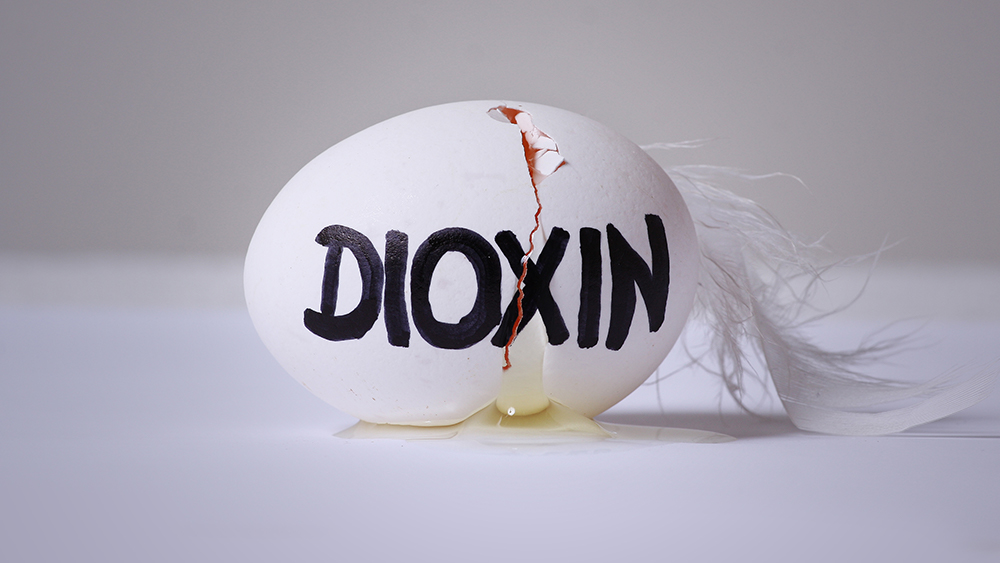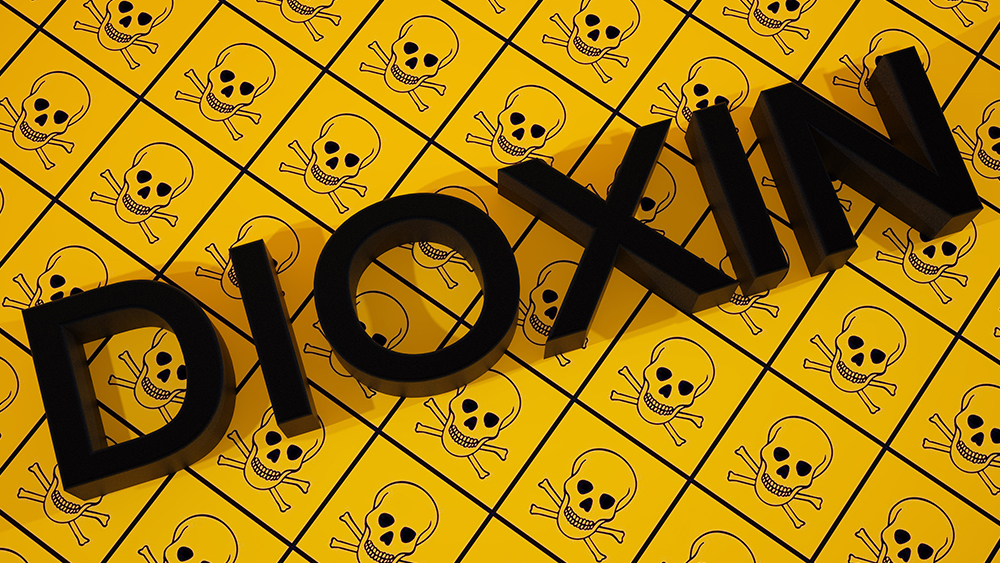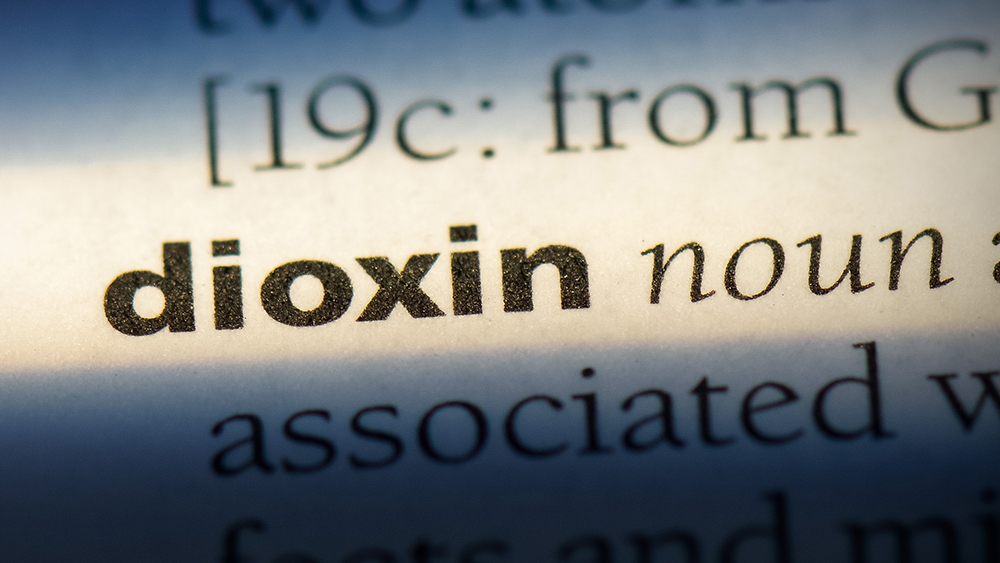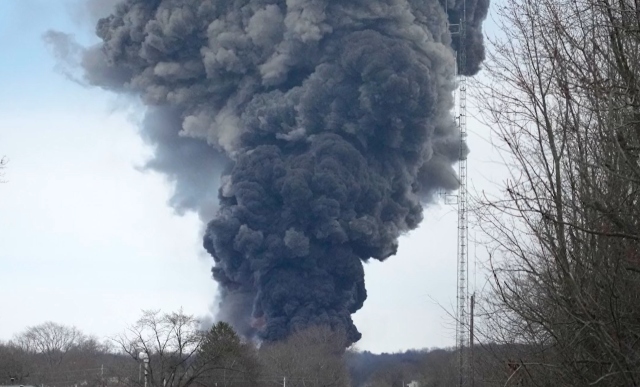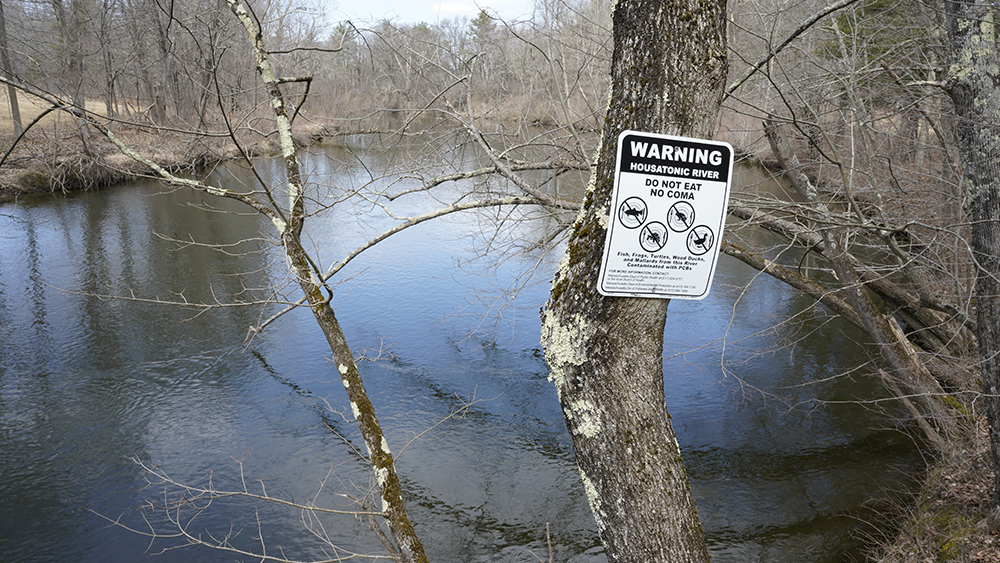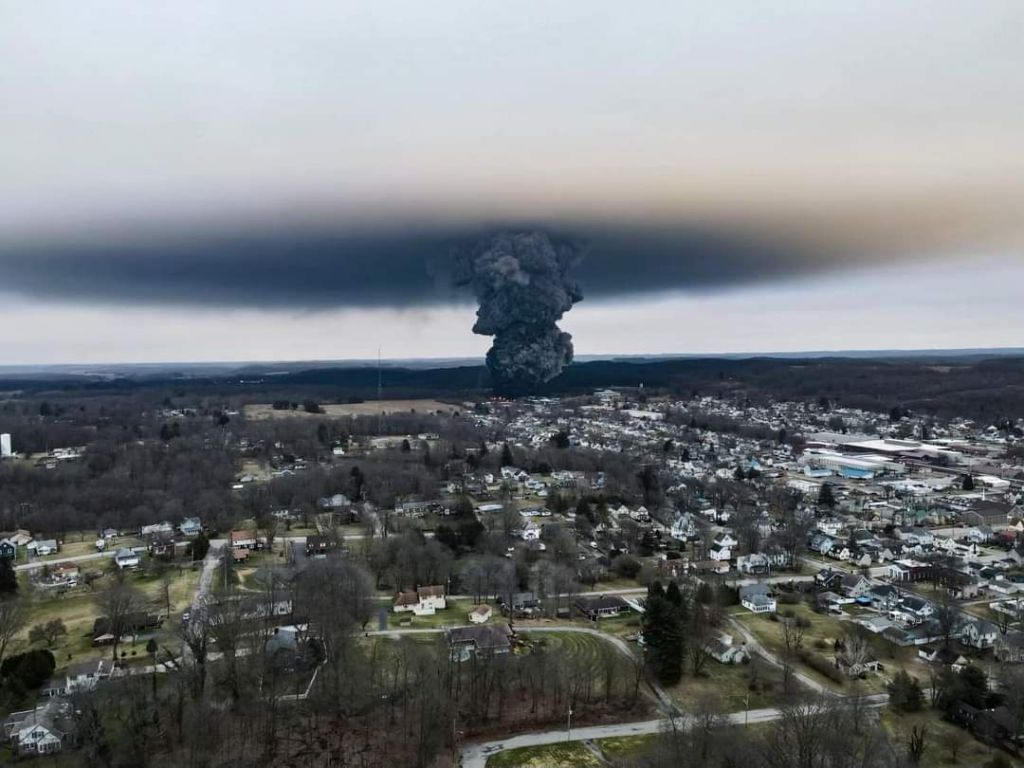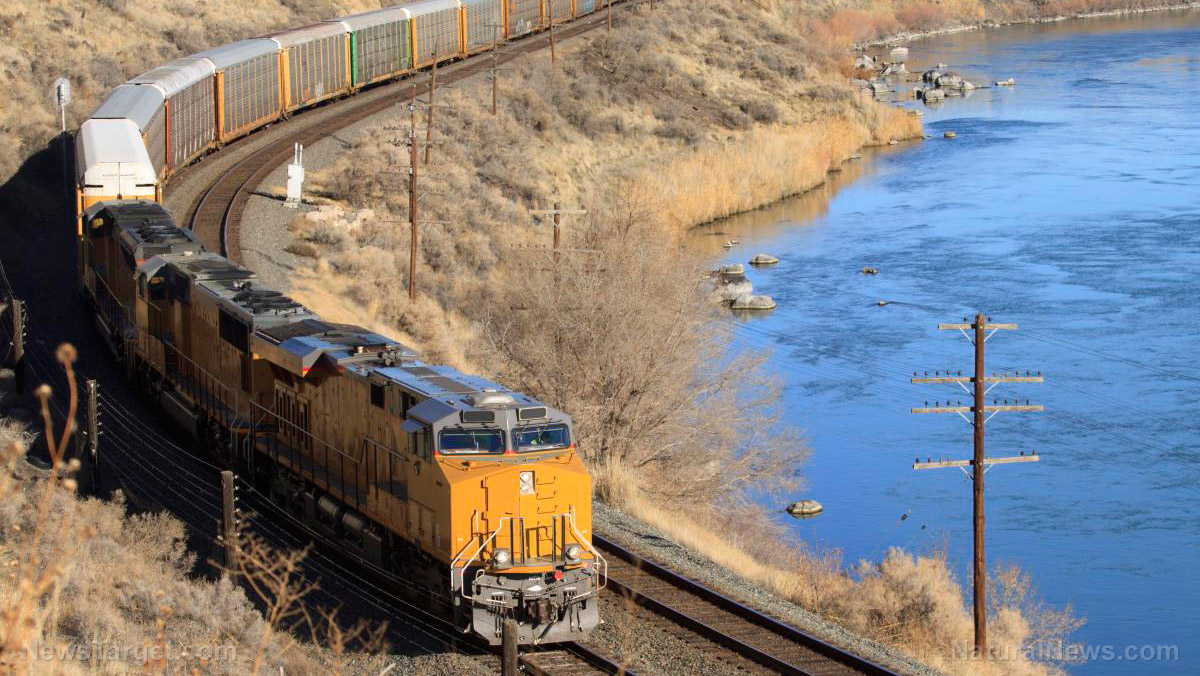See which states have the highest vinyl chloride contamination exposure
02/22/2023 / By Lance D Johnson
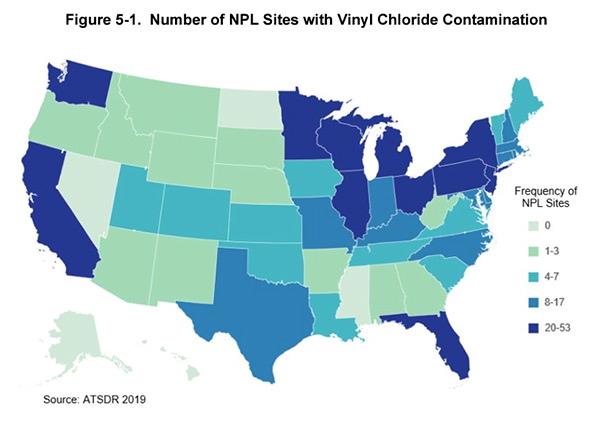
East Palestine, Ohio was just bombarded with an estimated 1.1 million pounds of vinyl chloride – a well-known human carcinogen. Norfolk Southern were allowed to deliberately release the 1.1 million pounds of vinyl chloride from five of their derailed tanker cars, so authorities could extinguish fires and clear the tracks. Then, the vinyl chloride was foolishly burned in pits, releasing an insurmountable level of dioxins that multiply the toxicity of the vinyl chloride.
Deliberate release of vinyl chloride is an act of ecological terrorism
Vinyl chloride is a volatile gas used to make polyvinyl chloride hard plastic resin, (PVC pipes) and other co-polymers. As a liquid, it is stored and transported under pressure. When burned, it can send more toxic chemicals into the air, like gas phosgene, hydrogen chloride, and dioxins.
After the deliberate release of vinyl chloride from the tanker cars, authorities estimate that Norfolk Southern released more vinyl chloride into the environment in just one week than was released by all industrial sources in 2021. To make matters worse, this release is an acute exposure, with hepatic, neurological, and fetal consequences for the residents in the area. Studies show that workers exposed to vinyl chloride can develop a unique type of cancer called angiosarcoma of the liver. Others exposed to vinyl chloride develop nerve damage and experience alterations with their immune system. The act of intentionally releasing and burning vinyl chloride in pits will go down as an act of ecological terrorism, with human health consequences for years to come.
According to the Department of Health and Human Services vinyl chloride is a known human carcinogen through both the inhalation and oral route of exposure. Because the chemical acts systemically, it is also carcinogenic by the dermal route as well. The International Agency for Research on Cancer (IARC) has vinyl chloride listed as a category 1 substance (carcinogenic to humans).
The Occupational Safety and Health Administration (OSHA) regulates vinyl chloride exposures. The permissible exposure limit is 1 ppm(2.6 mg/m 3) averaged over an 8-hour period or a short-term exposure of no more than 5 ppm over a 15-minute period. When the concentration exceeds these levels, employers must create an area of controlled access and a respirator program conforming to OSHA standards.
It is the responsibility of the Department of Transportation to ensure that waste vinyl chloride is transported to an incinerator and completely destroyed as a hazardous material, under EPA regulations and the Federal Resource Conservation and Recovery Act. Before incineration, vinyl chloride is dissolved in a flammable solvent or adsorbed onto a combustible material, and then destroyed. None of these processes took place in East Palestine, Ohio, and now the toxicity will persist in soil and groundwater for years to come.
Vinyl chloride persists in the soil, groundwater
The Environmental Protection Agency’s National Priorities List (NPL) includes 1,967 proposed hazardous waste sites. Of these sites, 593 contain toxic levels of vinyl chloride. This is not a definitive list of contamination across the United States. This is just what the Agency for Toxic Substances and Disease Registry (ATSDR) have recorded at nearly 2,000 sites. The number one source of contamination was from vinyl chloride and PVC manufacturing facilities, but after the Norfolk Southern incident, vinyl chloride and subsequent dioxin exposure in the US will be greatest near this disaster site. For current and future monitoring purposes, imagine all the exposures on the current ATSDR map (2019) being doubled and concentrated in Eastern Ohio, with vinyl chloride exposures sprawling through the rivers, like poisoned veins.
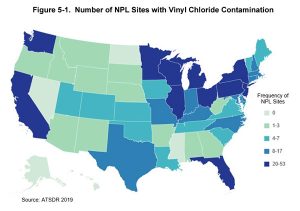
Vinyl chloride possesses high mobility in soils, and is often measured in groundwater after industrial sources, spills, and landfills release it into the soil. The acute exposure in East Palestine, Ohio will slowly seep into the soil and groundwater, infecting the Ohio River and its tributaries (which could include the Mississippi River). Well water should be tested across the Ohio River Valley. Vinyl chloride levels could be one of the precursors to cancer clusters that will likely plague the area in the years to come.
Murray McBride, Emeritus Professor, School of Integrative Plant Science Soil and Crop Sciences Section, said vinyl chloride is “highly mobile in soils and water.” He advises residents to test their wells and for farmers to test soils where their crops are grown.
“Several industrial chemicals, including vinyl chloride and butyl acrylate, were released in large quantities into the air, surface waters and soils at the site of the derailment. The vinyl chloride release from the rail cars is of special concern because of the particularly high toxicity of this chemical to humans,” he cautioned.
Sources include:
ATSDR.CDC.gov [PDF]
Submit a correction >>
Tagged Under:
acute exposures, chemicals, clean water, Dioxins, ecological terrorism, Ecology, environment, Government Failure, groundwater, incineration, Liver cancer, Norfolk Southern, PVC, soil quality, toxins, Vinyl chloride, well testing
This article may contain statements that reflect the opinion of the author
RECENT NEWS & ARTICLES
Chemicals.News is a fact-based public education website published by Chemicals News Features, LLC.
All content copyright © 2018 by Chemicals News Features, LLC.
Contact Us with Tips or Corrections
All trademarks, registered trademarks and servicemarks mentioned on this site are the property of their respective owners.




